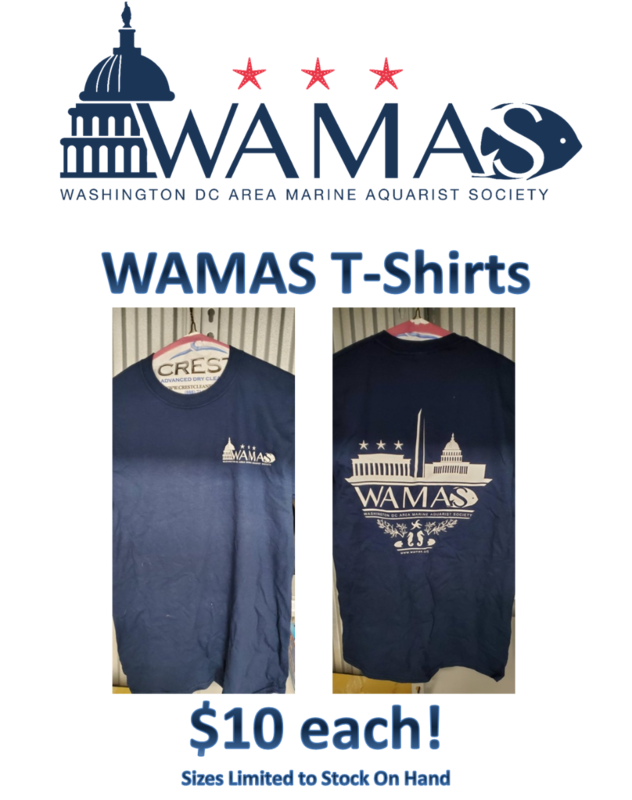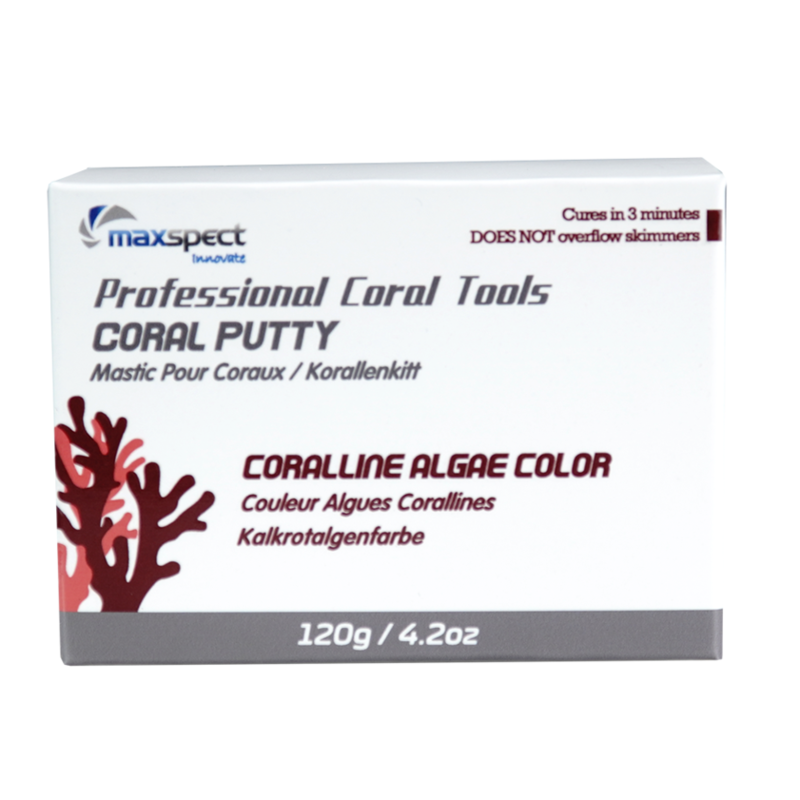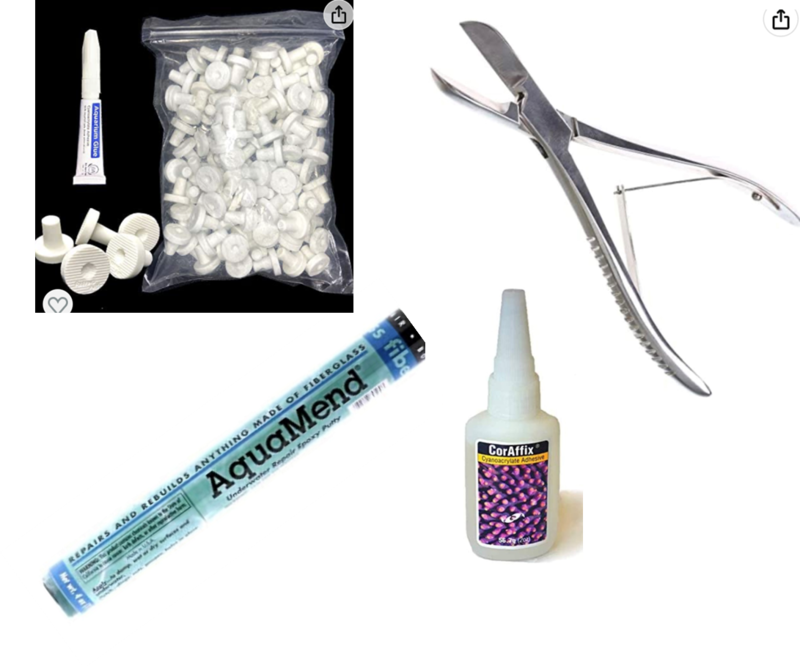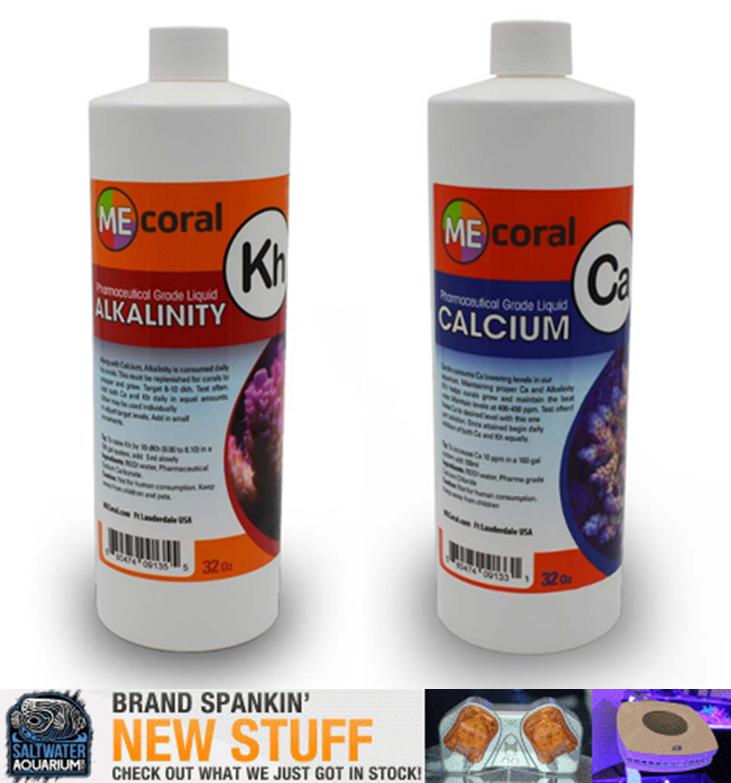-
Posts
21,554 -
Joined
-
Last visited
Content Type
Profiles
Forums
Gallery
Events
Store
Everything posted by Origami
-

Thanks to sponsors and frag sellers at the meeting
Origami replied to AlanM's topic in General Discussion
Moved to General Discussion. -

Emergency need - 3/4 inch bulk head - thread x thread (Urgent!)
Origami replied to thakki's topic in General Discussion
I'm glad that this worked out. I'm going to change the title and move this over to the General Discussion thread. I think it's a great example of members helping members. -

Thanks to sponsors and frag sellers at the meeting
Origami replied to AlanM's topic in General Discussion
[emoji106] Sent from my Note 10+5g using Tapatalk -
She'll is shaped like a Stomatella, which is a good hitchhiker. Picture is not real clear though. Sent from my Note 10+5g using Tapatalk
-
My guess is that the aggression may not subside. A 90 cube is just 27.5" to a side. That's not much horizontal space for any tang. As the tang grows, the lack of horizontal swimming space may make it more aggressive. If you can control the level of the nem - for example, to the lower third of the tank and limit the rockwork height - basically ceding dominance of the upper half of the tank to a growing tang, then maybe its instincts can be managed. If the two clowns pair up and begin to lay eggs, their protectiveness will only increase and may make it more likely that someone gets hurt. Just my thoughts. A standard 90, which is 48" long (but only 18 inches front to back), is more appropriate for an adult tang. Yours, of course, is a juvenile now, but it'll grow.
-
Great to know, Andrew. The diagram seems to show it the way it should be but makes no attempt to tell you that this orientation might be critical to performance. I'm glad that you posted a follow up. Thanks.
-

Howaboutme's Return - Waterbox PM15 UNS 75s
Origami replied to howaboutme's topic in Dedicated Tank (Build) Forum
Chloride is from you salt. Alkalinity is the ability to neutralize acids. It's not a specific ion. The alkalinity that we mostly desire is carbonate alkalinity, but we also see borate salts (or borate alkalinity) in our tanks. Alkalinity is best measured by titrating a solution with a laboratory grade acid standard. It can't be directly measured with ICP because it's not the measurement of one or even several ions or ionic complexes. Anybody that measures alkalinity from ICP would be using some sort of model which may or may not match your water's characteristics. The value of ICP analysis is not necessarily to confirm your test measurements from home test kits. (You put a lot of trust in the accuracy of those kits if you do.) Instead, it's more to highlight imbalances or the presence of ions that you may not want such as heavy metals, or deficiencies in trace elements. -
I also plan on bringing some boxes of WAMAS t-shirts for sale to the meeting. We have a wide variety of sizes and we'll be marking them for sale at just $10 each. Show you're pride at belonging to one of the largest, most active regional reef clubs in America. (Forgive me for the pictures, but they're of a wrinkled shirt pulled out of the box in our storage unit.)
-
Also for the raffle, we have two 2-packs of 120 gram jars of Maxspect Professional Coral Putty. That's a $40 value. A 100% reef safe Coralline Algae Colored Coral Putty that can be used underwater. This two-part silicone-based coral putty cures in 3 minutes. No foul odor, will not cloud the water, and will not cause the protein skimmer to overflow. Can be used for both marine and freshwater aquariums. The color of the putty allows it to blend in with its surroundings making it easier to hide than other forms of adhesives used in aquariums. It is recommended to use a minimal amount since most corals will grow over the adhesive in a matter of weeks. I've personally tried this stuff and like it a lot. It's softer than Aquamend but I use it similarly: I put a little dab of CA gel down on the frag plug or live rock, then place a ball of this on top, flattening it some. Then another dab of CA gel followed by pressing the coral frag into the epoxy. The ball of epoxy basically conforms to the shape of both the plug and the frag, making for a fit that's custom made for each frag. A 120-gram jar goes a long way.
-
Just in for the raffle, from Capital Aquarium (in Manassas): Five $50 gift certificates for use in-store. Thanks, Zack and the entire Capital Aquarium Team!
-
Wonderful. Thanks for following up. Can you post a few pictures of what you found so that it can help others in the future?
-
Not sure. We'd rinse, double rinse and triple rinse. Sometimes no detergent: Just bleach and a lot of rinsing, and then a good air-dry. Some people would see the issue; others wouldn't. It was a mystery, but it was real.
-
Just so you know, the reason I mentioned filter socks is that years ago, when a bunch of us would wash them for reuse, our skimmers would go bonkers for a couple of days. The foaming would be just nonstop like you'd get with some additives or treatments, Chemiclean being one of them. Back then, I would just pull the cup and let the skimmer overflow for a couple of days, by which time things often settled.
-
You've got a lot of foam there. Have you recently installed newly cleaned filter socks or added any sort of additives or treatments that might temporarily increase foaming? If that's the case, it can take a few days for things to settle.
-
Heads split independently, so it would not be unusual. Other reasons for this mild retracted look could be and external irritant (nipping, another coral stinging, parasites or even irritating flow). Have you examined the heads carefully for any parasites like Euphyllua Eating Flatworms to eliminate that as a possibility? Sent from my Note 10+5g using Tapatalk
-
Sorry to see you go, Ron. It was a good, long ride, though. Post when these last items are gone and we'll lock the thread. Best wishes in the journey ahead. Sent from my Note 10+5g using Tapatalk
-

Odd Porcelain Crab Behavior - Interesting Picture
Origami replied to p3rmafrost's topic in General Discussion
I said that I hadn't seen it. That doesn't make it uncommon. When I had porcelain crabs, for example, they were hitchhikers and I didn't yet have an anemone. And, in the years since, I've had anemones then got rid of them, but really never got back to the porcelain crabs. But, maybe you got lucky, too. It's a neat relationship. Nature's drive is strong. Over the years, I've had clownfish host, not only anemones, but also both soft and hard corals. And, in the strangest case, a friend had a clown host a snowflake eel. Now that was weird. Sent from my Note 10+5g using Tapatalk -
In for a dime, in for a dollar.
-

Odd Porcelain Crab Behavior - Interesting Picture
Origami replied to p3rmafrost's topic in General Discussion
Porcelain crabs are pretty neat. In the wild, they develop symbiotic or mutalistic relationships with anemones. I can't say that I've seen it as much in our reef tanks, though. Enjoy! Great picture. -
We received a generous raffle donation from one of our members, Combat Corals, today. The item, valued at $64 on Amazon, is a member-curated Beginner's Coral Fragging kit comprising the following: A pack of 100 ceramic frag plugs A 2 ounce bottle of Two Little Fishies CorAffix CA glue A pair of 7.5" heavy duty frag cutters A 4 ounce stick of Aquamend Underwater Epoxy Putty
-
Ha! It's hard to say, but it's backing off in the dark like it's cyano. If you jumpstarted your cycle with some product and it was dosed in excess of what any existing bacteria required, then it may have provided just enough for cyano to get started. Early in the hobby, we sometimes would start a tank using live rock and, through a process of monitoring the ammonia levels and big water changes, would keep the ammonia levels below 1 ppm peak. This was both to prevent a cascading die-off and to foster the development of a large number of aerobic bacteria (responsible for converting ammonia to nitrate). The anaerobic bacteria would then follow, but on a longer time scale. At this point, it may be worth it just to watch the tank a few days and, if you're dosing anything, maybe let up a bit. If you want to, you can wrap the tank in a blanket to further restrict the light, giving a chance for the bacteria to further develop. If you don't have any macro-life in the tank yet, you can try pushing the temperature up while shading the tank - that might speed up bacteria multiplication, too. But waiting and watching nature take its course is often the first course of action when the situation is not an emergency.
-
We have another donation for the raffle from SaltwaterAquarium.com! This time, it's an ME Coral Liquid Supplement Pack comprising one 32-oz bottle of ME Coral Alkalinity liquid concentrate and one 32-oz bottle of ME Coral calcium liquid concentrate. MECoral liquid solutions are ready to use. MECoral uses only Pharmaceutical Grade raw material to achieve the highest quality, highest purity, and highest concentration possible. MECoral is crystal clear with no residual impurities.






